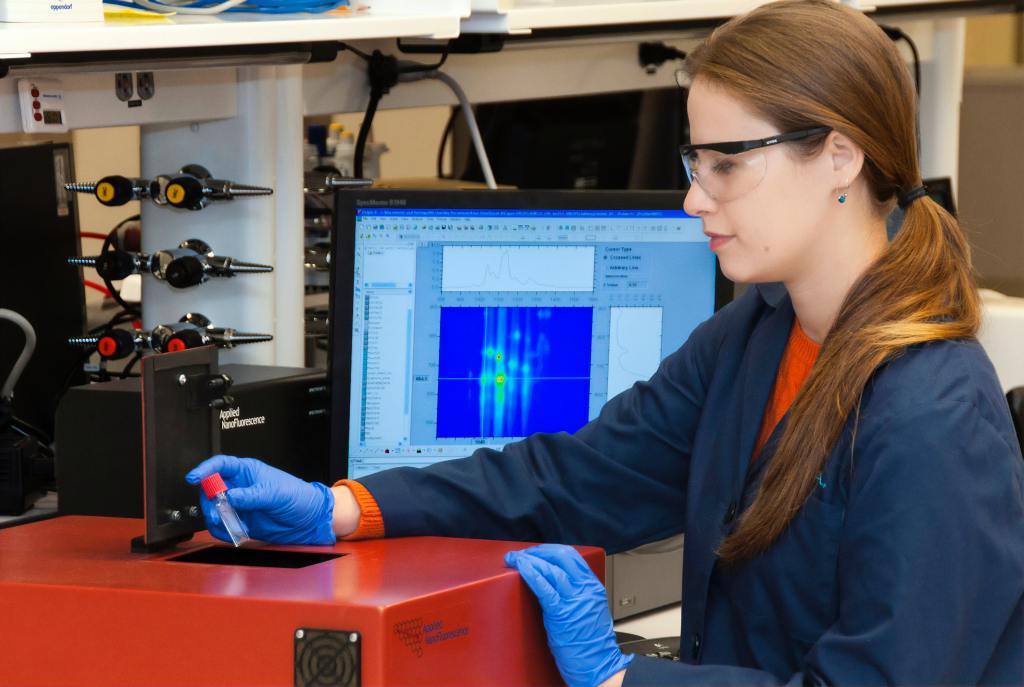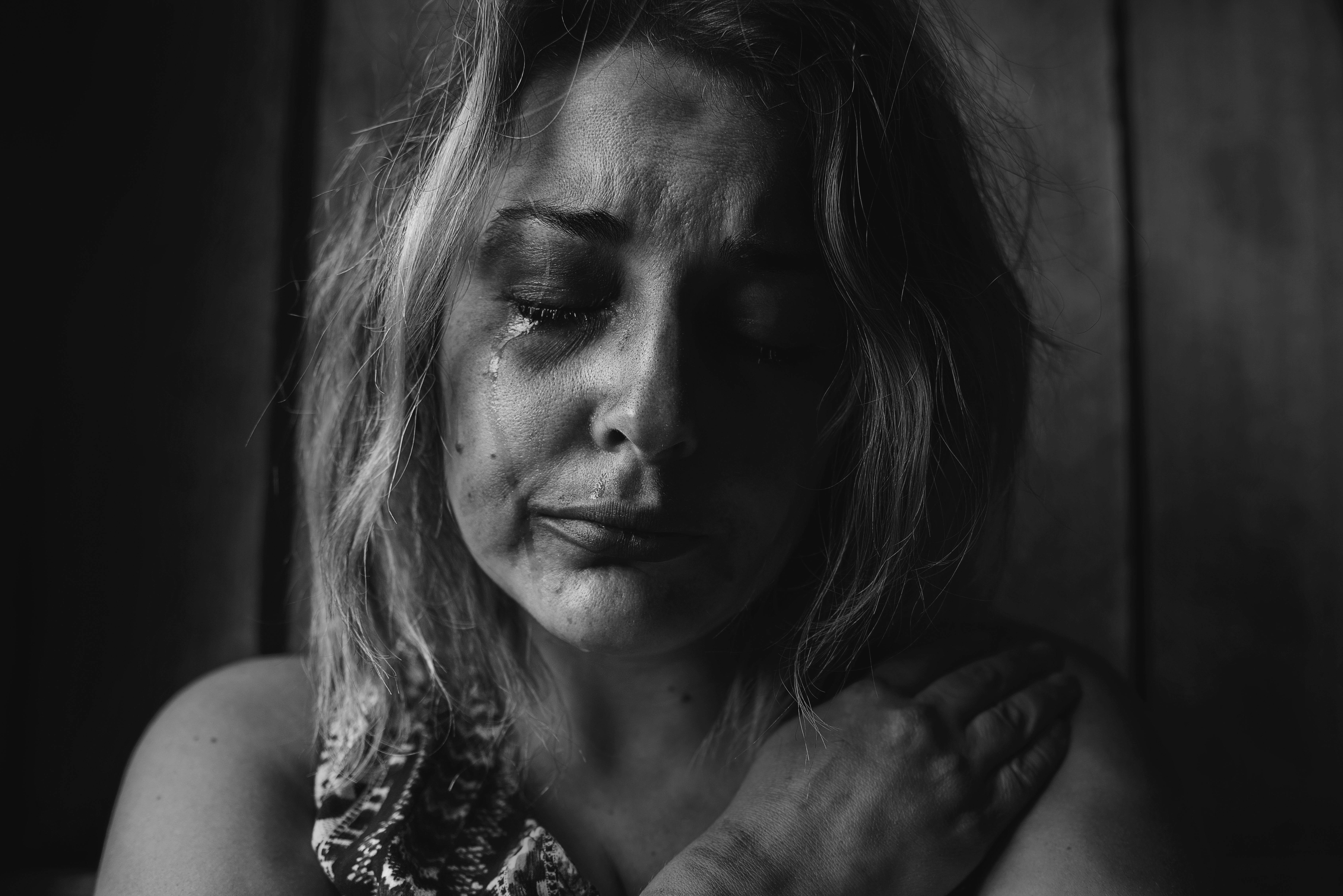Residing in Irvine, California, Jorge Galindo is a licensed marriage, family, and child therapist who works alongside his wife Miriam Galindo in their private practice. With over 20 years of experience, Jorge Galindo has received training and certification by Quest Diagnostics for hair follicle drug testing in forensic cases involving juveniles.
A hair follicle drug test is performed to determine drug use patterns through hair samples. While a urine sample has been the traditional way of assessing drug use over a couple of days, hair follicle drug testing is more efficient as it can check a person’s drug usage in the past 90 days.
In juvenile cases, a court may order drug testing on a child to determine whether they have been abusing illegal drugs such as marijuana, cocaine, heroin, morphine, codeine, and phencyclidine. A small hair sample is collected from the person’s head during the test and sent to the laboratory.
The use of two methods maintains test results’ accuracy. The first method is a rapid screening method involving an enzyme-linked immunosorbent assay (ELISA). If this method produces a positive result for a particular substance, the technician retests the hair sample using the second method. The second method uses confirmatory chromatographic testing like gas chromatography-mass spectrometry (GC-MS). This second test is used to rule out any possibility of a false positive.







